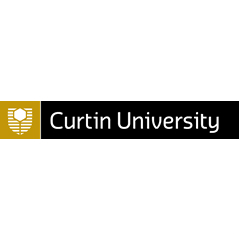Full description
Bee-plant networks were sampled across seven bushland remnants and seven residential gardens in Perth, located in the southwest Western Australian biodiversity hotspot, by Kit Prendergast. Surveys were conducted for 3 hours per site over an area of 100 x 100 m in the spring/summer over two years (Nov 2016, Dec 2016, Jan 2017, Feb 2017, and Oct 2017, Nov 2017, Dec 2017, Jan 2018, Feb 2018, March 2018). During each survey the numbers of native bee taxa and introduced honeybees (Apis mellifera) visiting flowering plants were recorded, as well as the number of flowering plant species and numbers of flowers of each flowering plant species. From this, plant-pollinator networks were produced (Bee taxa-flowering plant visitation matrices), as well as a list of the plant species richness and abundances of each plant species. This data was collected from November 2016 – February 2017 and October 2017 – March 2018 The dataset has two Excel spreadsheets, with multiple sheets: File 1: Bee taxa-flowering plant visitation matrices. Each spreadsheet contains a matrix of the bee taxa and plants they visited across 14 sites surveyed for each survey month over two years: Nov 2016, Dec 2016, Jan 2017, Feb 2017, and Oct 2017, Nov 2017, Dec 2017, Jan 2018, Feb 2018, March 2018. The total number of bees for each taxon is provided, and then how many visits were recorded for each bee taxon to each flowering plant species visited. File 2: Flowering plant composition in urban bushland remnants and residential gardens SWWA. All flowering plant species and total number of flowers of each plant species recorded at each site during monthly surveys, with separate spreadsheets for the two years of surveys.Spatial Coverage And Location
iso31662: AU-WA
Subjects
Animal Behaviour |
Biological Sciences |
Built Environment and Design |
Behavioural Ecology |
Community Ecology |
Ecological Applications |
Ecology |
Environmental Science and Management |
Environmental Sciences |
Ecosystem Function |
Invasive Species Ecology |
Invertebrate Biology |
Landscape Ecology |
Plant Biology |
Plant Biology Not Elsewhere Classified |
Terrestrial Ecology |
Urban and Regional Planning |
Urban and Regional Planning Not Elsewhere Classified |
Wildlife and Habitat Management |
Zoology |
bees |
flower species composition |
plant-pollinator networks |
pollination |
pollinator networks |
urban ecology |
wild bees |
User Contributed Tags
Login to tag this record with meaningful keywords to make it easier to discover
Identifiers
- DOI : 10.25917/5F3A0AA235FDA



